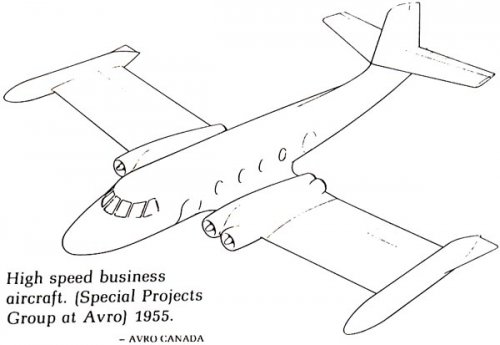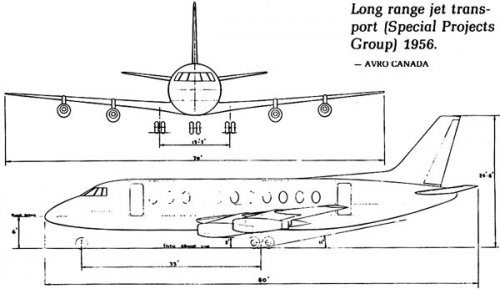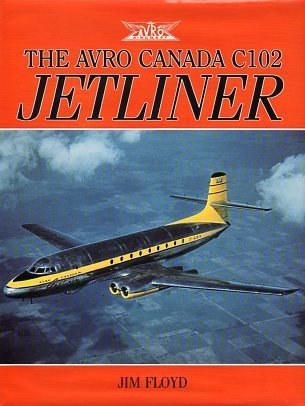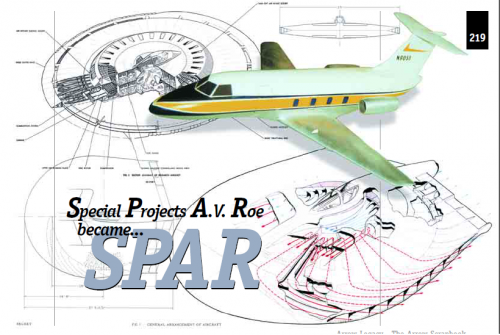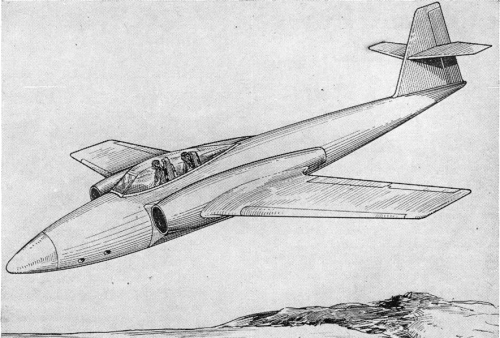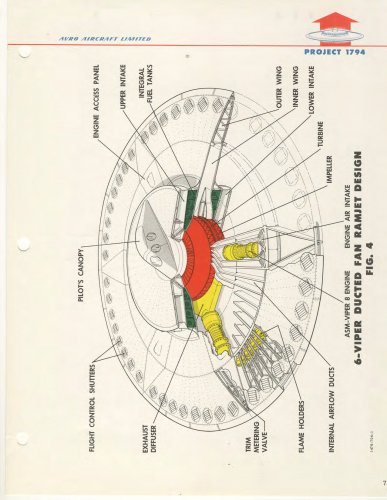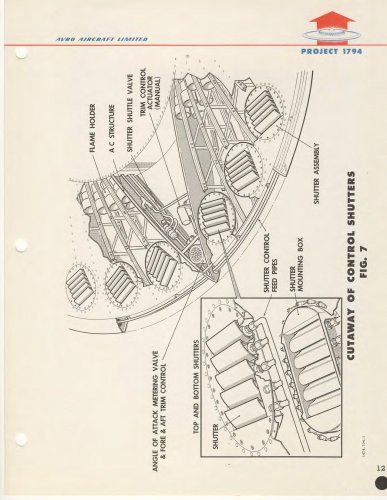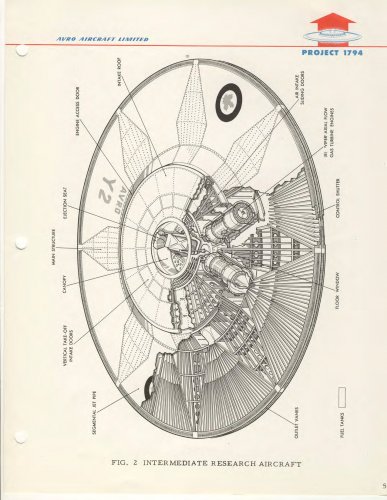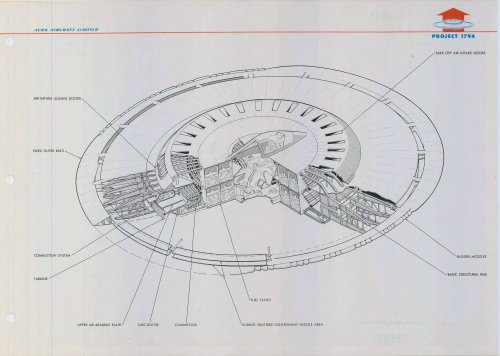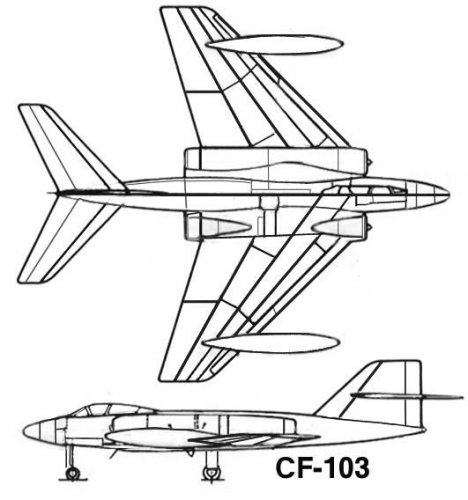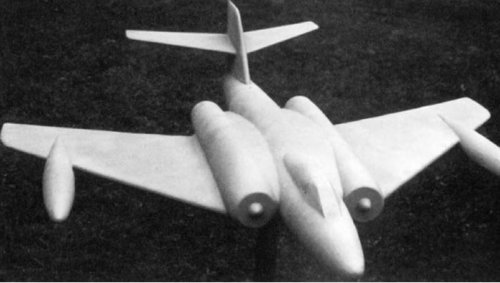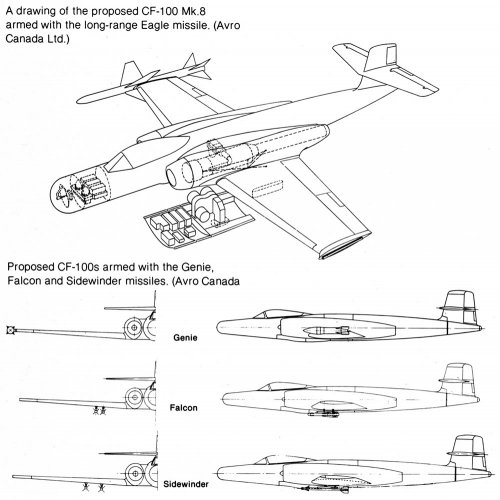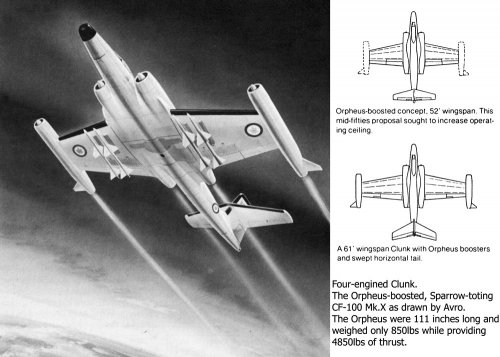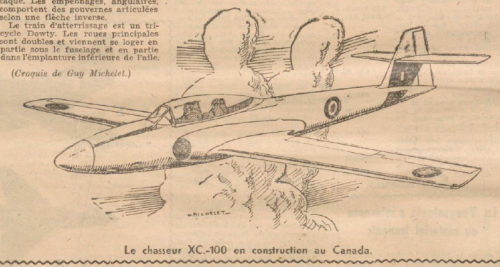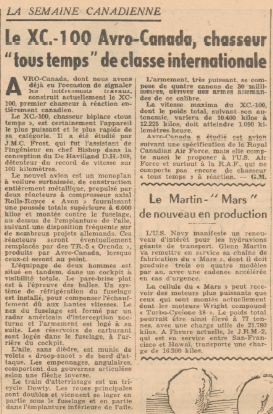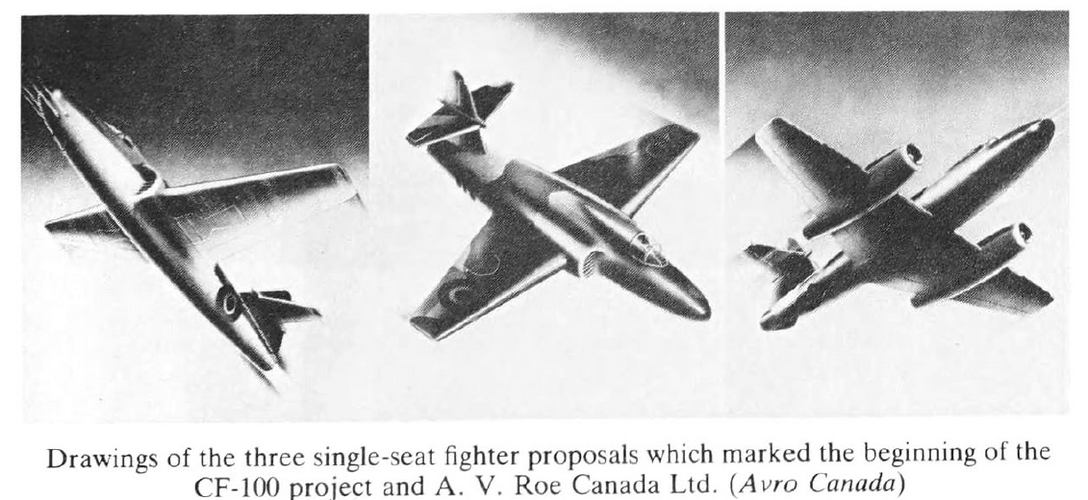At the risk of raising a firestorm, while the the 'stop work immediately' order of February 1959 came out of the blue, before a decision on the fate of the Arrow was scheduled to be taken, to state that it was issued without previous discussion might not tell the whole story.
Prime Minister John George Diefenbaker released a statement of principles on defence towards the end of September 1958. Given the progress made by the United States and the Soviet Union in the field of missiles, he said, “the Government has decided that it would not be advisable at this time to put the CF-105 into production." That said, it intended to continue flight tests until a final decision got made, in March 1959. To this announcement was added the immediate cancellation of the Astra firing system and of the Sparrow II air-to-air missile, to be replaced by less expensive American equipment, as well as the acquisition of a number of Boeing IM-99 Bomarc surface to air missiles. to be launched from sites located in Canada
As well, Diefenbaker indicated that the federal government committed itself to negotiating a defense production sharing agreement with its American counterpart. Through this agreement, the Canadian war industry would finally obtain a fair share of the North American military market.
The statement of principle was a masterpiece of ambiguity that allowed the federal government to respond to the attacks of its many critics. As might be expected, it generated numerous comments in the press. Opinions were divided. All was not yet lost, a number of people and newspapers said. The monthly Canadian Aviation, on the other hand, believed that the government was going to cancel the Arrow. A number of people and newspapers shared that opinion.
The Chiefs of Staff Committee, which seemingly did not participate in the drafting of the statement, expressed its disagreement even before it was made public. The Bomarc purchase should not be used as a pretext for abandoning the Arrow and technological progress should not be used as a screen for an austerity program. Indeed, the Bomarc alone could not ensure the protection of potential targets located in Canada. The Council of Ministers pretty much ignored the military's concerns.
The high command of the RCAF wanted to save the Arrow, but not at any price. Only one high ranking officer, a respected individual on the verge of retirement, dared to openly express his dissent, in November 1958. Air Marshal Charles Roy Slemon, then deputy commander of the North American Air Defense Command (NORAD), did not beat around the bush: “For as long as we can see, we must have manned interceptors and missiles to meet the manned bomber threat." Given that, the RCAF had to put the Arrow into service. Pearkes uttered similar words the very next day. Diefenbaker, who was presumably not amused, immediately ordered him to reprimand Slemon.
As worried as it was, the Air Industries and Transport Association of Canada (AITAC) initially deemed it preferable not to interfere in the matter. As weeks went by, however, the level of concern increased. The federal government did not seem to know what to do to ensure the preservation of the national aircraft industry. Worse still, some of its representatives seemed to wash their hands of it. A number of industry spokespersons came to realise that the very future of the industry was at stake. AITAC went into battle in November 1958. Industry representatives sent letters and telegrams to Diefenbaker, Pearkes and Raymond Joseph Michael O’Hurley, the minister of Defence Production. The message remained essentially the same: the federal government had to assume its responsibilities; the Canadian aircraft industry was not a white elephant.
Influential figures close to the governing party, Oakley Hedley Dalgleish and Leslie Miscampbell Frost, respectively editor of an influential Toronto daily, The Globe and Mail, and Premier of Ontario, were also worried. The impact of the cancellation of the Arrow on the Toronto area and all of Ontario would be considerable. That said, the Toronto business community did not launch a campaign to force the federal government to save the aircraft.
Avro Canada, for its part, multiplied the meetings, even though its management did not always show great subtlety. For example, it seemingly retained the services of a public relations firm in order to mobilise the people and thus obtain from the federal government the assurance that the Arrow would not be cancelled. Diefenbaker did not really appreciate such methods. Worse still, an investigation revealed that the consulting firm had excellent relations with the official opposition party. As well, Avro Canada very closely collaborated in the production of a documentary film celebrating the 50th anniversary of the first flight of a powered airplane on Canadian soil, in February 1909.
The measures taken by Avro Canada and its subsidiary, Avro Aircraft, were not limited to the rescue of the Arrow, however. Without receiving too much encouragement from the management of Avro Canada, Avro Aircraft studied some subcontracting and co-production programs with Boeing Airplane and North American Aviation. Its representatives also travelled to Ottawa many times, to talk to people from the departments of National Defence, Finance and Defense Production. Among the proposed projects discussed were
- the construction under license of the aircraft which would replace the Canadair Sabres of the RCAF squadrons based in Europe,
- the establishment of a space program which would bring together various member countries of the Commonwealth
- the development and production of a medium-haul jetliner for Trans-Canada Air Lines,
- the development and production of vertical take-off vehicles designed in house, and
- an increased participation in the Canadian civilian nuclear program.
Aware of what was happening, or not happening, and of what could happen, a delegation representing two influential unions visited Pearkes in January 1959. The minister limited himself to reiterating the position of the federal government, as described in the statement of principle of September 1958.

